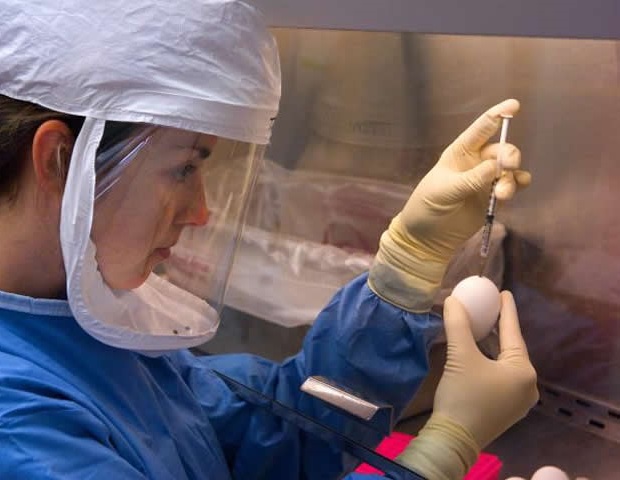Is Telehealth Enough? The Pros and Cons of Virtual Doctor Visits

Telehealth has exploded in popularity, offering a convenient way for patients to connect with their doctors from the comfort of their own homes. But is it a complete replacement for traditional in-person visits? While telehealth offers incredible benefits, it's essential to understand its limitations and when a physical examination is crucial. Let's dive into the pros and cons of telehealth and explore how it's reshaping the healthcare landscape.
The Rise of Telehealth: Convenience and Accessibility
The COVID-19 pandemic accelerated the adoption of telehealth, and it's clear that many patients and providers appreciate the advantages it offers. Reduced travel time, lower costs, and increased flexibility are just a few of the reasons why telehealth is becoming a mainstay in healthcare. For individuals in rural areas or those with mobility issues, telehealth can be a lifeline, providing access to specialists and care they might otherwise miss out on.
Telehealth appointments are often easier to schedule and can accommodate a wider range of patients, regardless of their location. This is particularly beneficial for follow-up appointments, medication reviews, and managing chronic conditions like diabetes or hypertension. The ease of use, often facilitated by user-friendly apps and platforms, further enhances the appeal of virtual consultations.
The Limitations: When In-Person Visits Are Essential
Despite the many benefits, telehealth isn't a one-size-fits-all solution. There are certain situations where an in-person examination is absolutely necessary. One of the most significant limitations is the inability to perform physical examinations. A doctor can't listen to your heart, palpate your abdomen, or assess your reflexes during a virtual visit. These hands-on assessments are crucial for diagnosing many conditions.
Furthermore, telehealth cannot replace laboratory testing. Blood work, urine analysis, X-rays, and other diagnostic procedures still require a visit to a lab or clinic. This is particularly important for patients needing urgent testing or those who may be immunocompromised, as it minimizes potential exposure to illness.
A Hybrid Approach: The Future of Healthcare
The most likely future of healthcare involves a hybrid approach, combining the convenience of telehealth with the thoroughness of in-person visits. Telehealth can be used for initial consultations, follow-up appointments, and managing chronic conditions, while in-person visits are reserved for those requiring physical examinations, diagnostic testing, or more complex medical interventions.
It's crucial for patients to discuss with their doctors which type of visit is most appropriate for their specific needs. Open communication and a collaborative approach will ensure that patients receive the best possible care, whether it's delivered virtually or in person.
Key Takeaways
- Telehealth offers significant convenience and accessibility benefits.
- Physical examinations and laboratory testing still require in-person visits.
- A hybrid approach combining telehealth and in-person care is the likely future of healthcare.
As telehealth continues to evolve, it's important to stay informed about its capabilities and limitations. By understanding both the pros and cons, patients can make informed decisions about their healthcare and work with their doctors to develop a personalized care plan.






